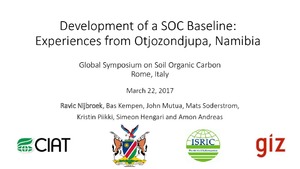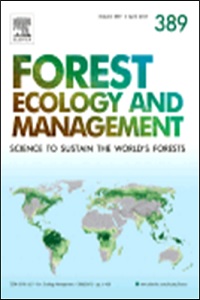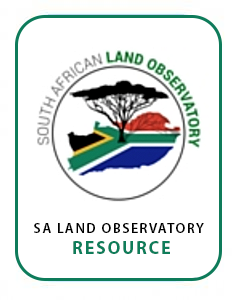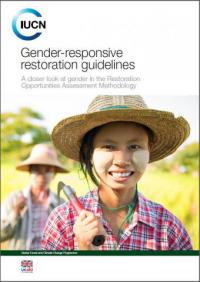Modeling Future Land Cover Changes and Their Effects on the Land Surface Temperatures in the Saudi Arabian Eastern Coastal City of Dammam
Over the past several decades, Saudi cities have experienced rapid urban developments and land use and land cover (LULC) changes. These developments will have numerous short- and long-term consequences including increasing the land surface temperature (LST) of these cities. This study investigated the effects of LULC changes on the LST for the eastern coastal city of Dammam. Using Landsat imagery, the study first detected the LULC using the maximum likelihood classification method and derived the LSTs for the years 1990, 2002, and 2014.








